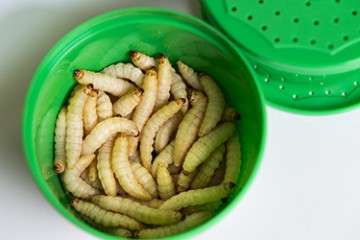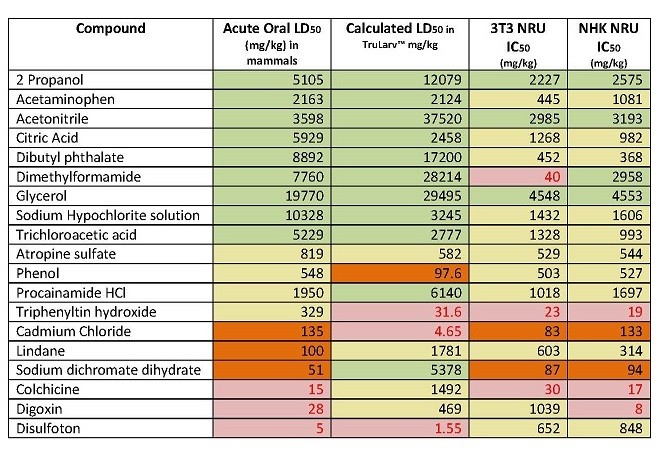CRACK IT Solution
TruLarv Galleria mellonella - a model host for infection studies, toxicity testing and drug development (Partnering with Envigo)

At a glance
Completed
Award date
November 2016 - April 2017
Contract amount
£12,000
Contractor(s)
R
- Replacement


